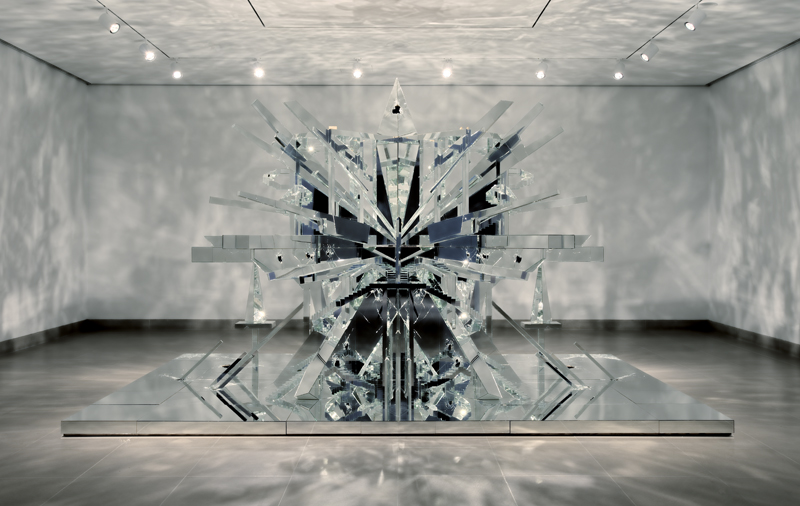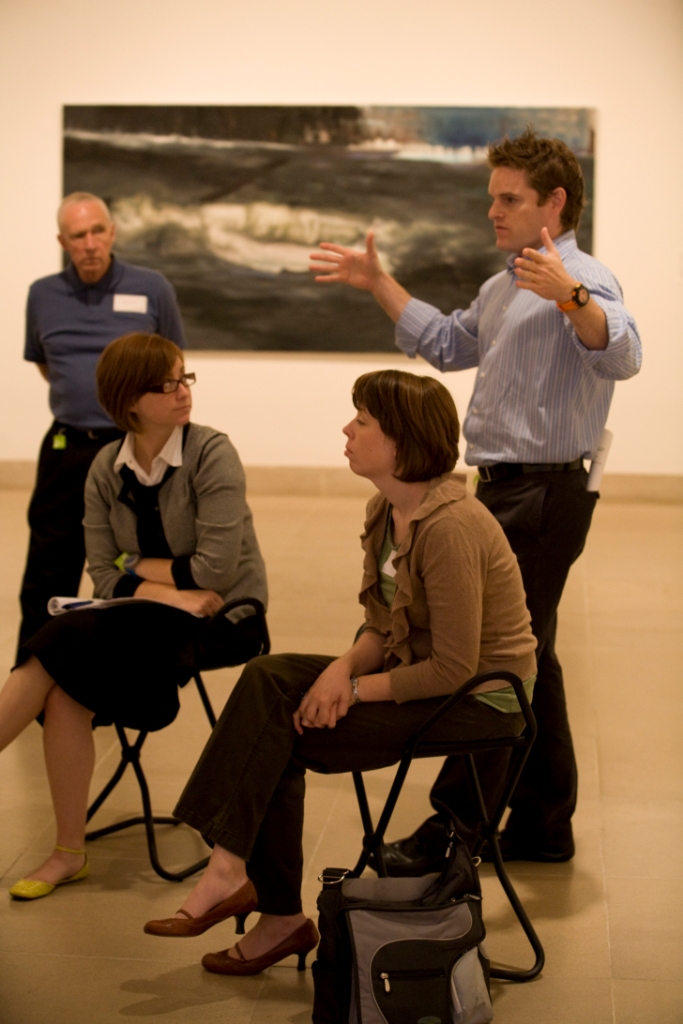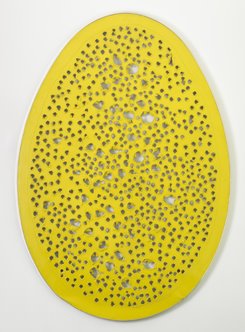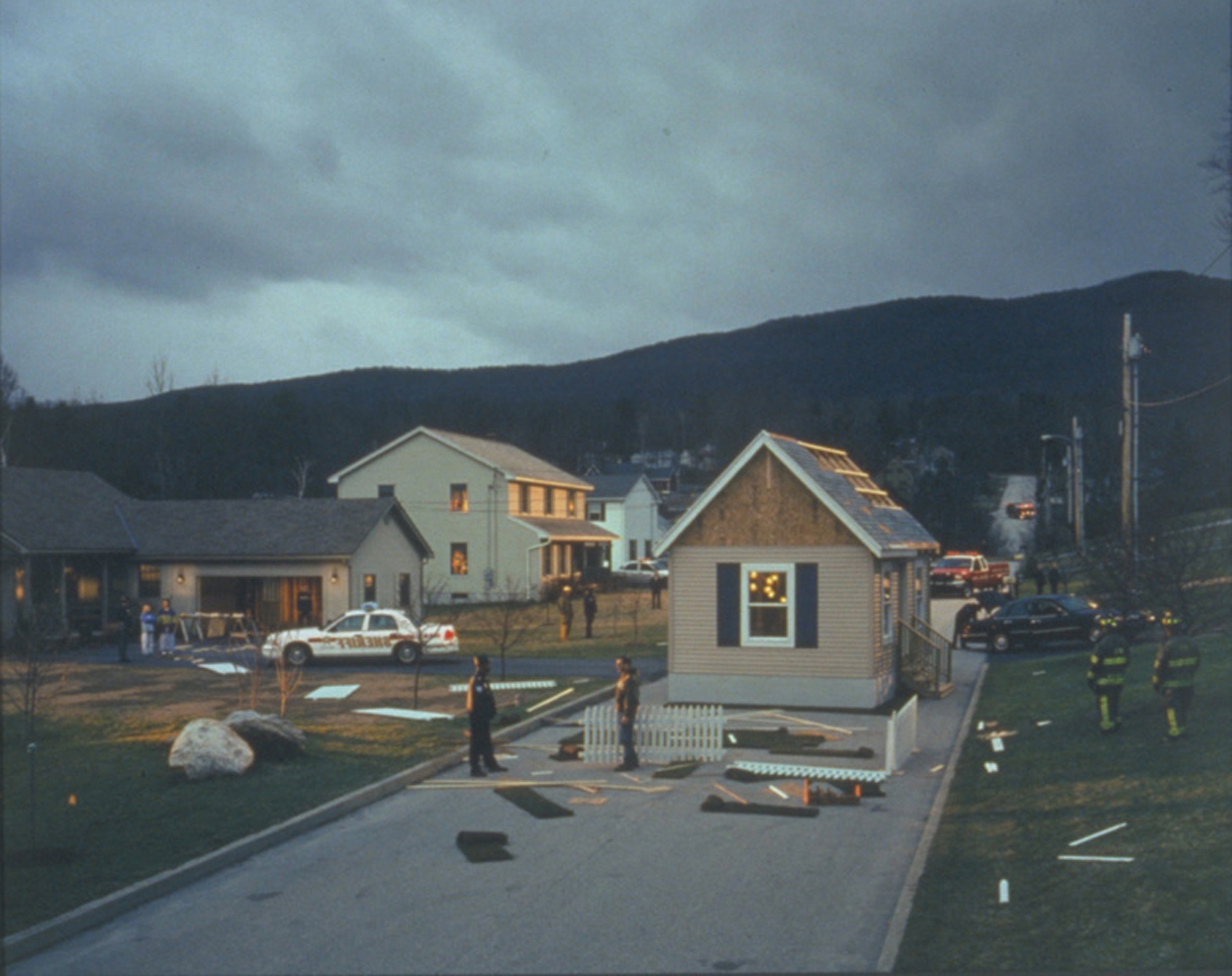Last weekend teachers attended the second half of a two-part teacher workshop about contemporary art offered by the Dallas Museum of Art and The Rachofsky House. During the first session, held at the DMA on January 9th, teachers interacted with works of art in the special exhibitions All the World’s a Stage and Performance/Art, as well as in the newest installation in the Hoffman galleries.
During our three and a half hours together that day, Molly Kysar and I led interactive experiences, discussion and writing while looking at a variety of works of art. This past Saturday, January 23rd, we met at The Rachofsky House where Thomas Feulmer introduced teachers to the current installation, Presence.
Thomas began our morning together by offering teachers the opportunity to experience works by artists they had seen during our first session at the Museum, including Glenn Ligon, David Altmejd, Thomas Struth, and Gregory Crewdson. In each case the work on view at the DMA and that at The Rachofsky House were quite different in scale and their subject matter was approached through different means. The Altmejd sculpture on view at the Museum, for instance, is titled “The Eye” and fills one of the quadrant galleries in Performance/Art with its energetically rising mirrored staircases, obelisks, and punctured surfaces in a spectacular reference to the creation of the atom bomb. At The Rachofsky House, on the other hand, Altmejd’s “The Quail,” though still constructed with mirrors and towering above the viewer, includes a number of quail eggs encased in glass and is more evocative of Stonehenge than it is of explosions.
Wood and mirrors
Overall: 129 1/2 x 216 1/2 x 144 1/2 in. (3 m 28.931 cm x 5 m 49.911 cm x 3 m 67.031 cm)
The Rachofsky Collection and the Dallas Museum of Art through The Rachofsky Collection Fund and the DMA/amfAR Benefit Auction Fund
© David Altmejd, courtesy the artist and Andrea Rosen Gallery
The workshop provided a great chance to explore a few works by Gregory Crewdson, who will be speaking at the DMA this Wednesday, February 3rd, as part of a lecture series hosted by The University of Texas at Dallas’ new Center for Values in Medicine, Science and Technology. We will host a teacher workshop that evening, including two hours discussing Crewdson’s work and contemporary photography before attending the public lecture.
The DMA and The Rachofsky House will again join, along with the Nasher Sculpture Center, the Fort Worth Modern, and the Kimbell Art Museum, for this year’s Museum Forum for Teachers, taking place July 19-23. Applications are now being accepted.
Logan Acton
McDermott Graduate Teaching Programs Intern




